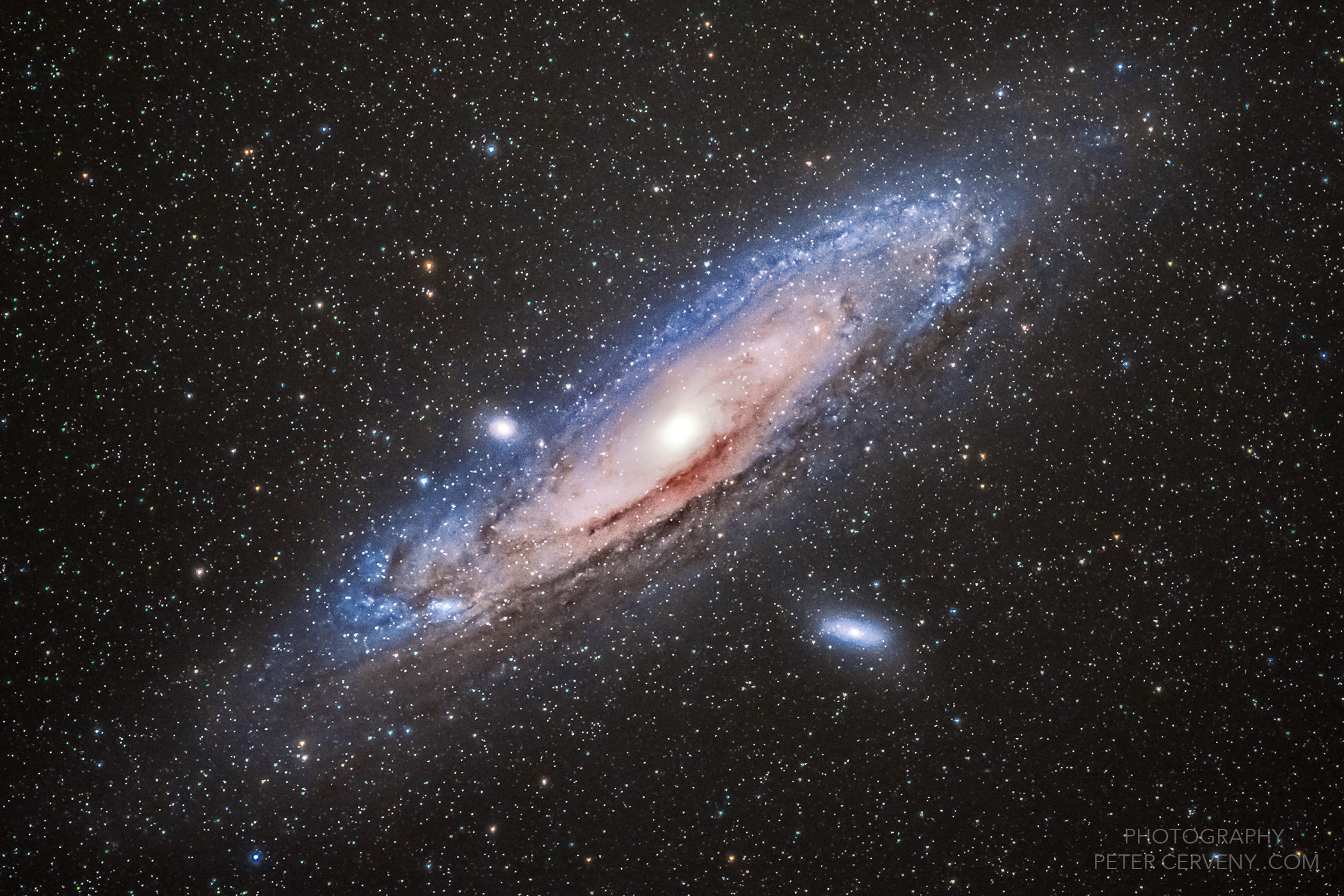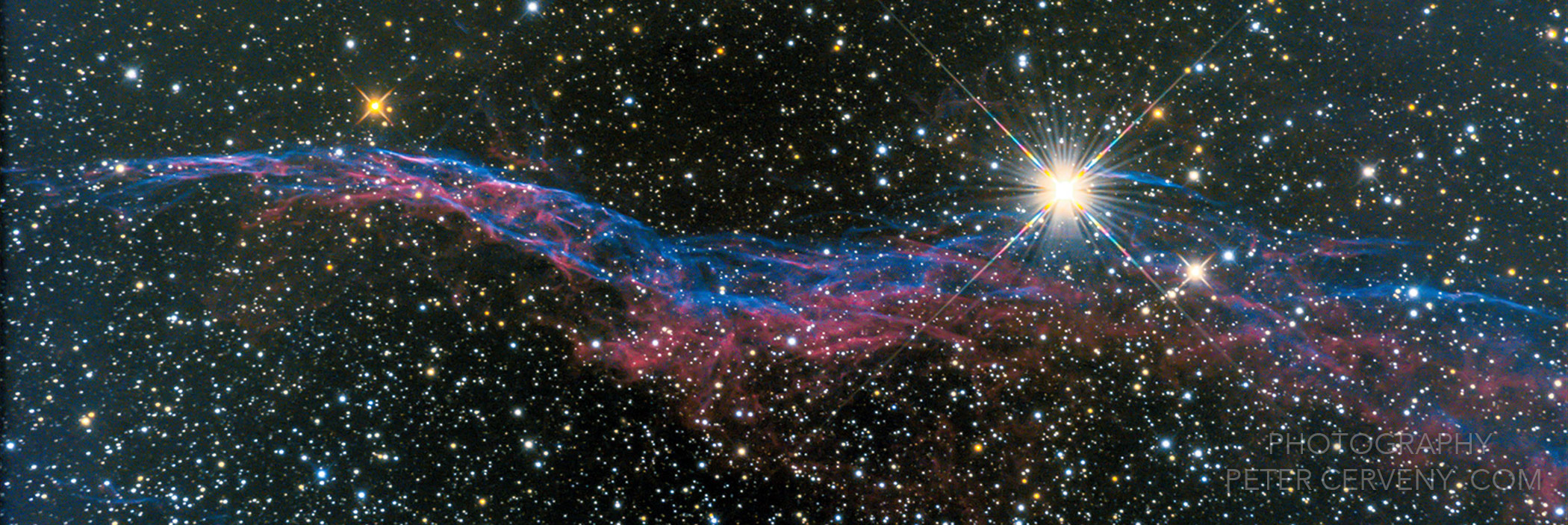
|
The Andromeda Galaxy, also known as Messier 31, M31, or NGC 224, is a spiral galaxy approximately 780 kiloparsecs (2.5 million light-years) from Earth. It is the nearest major galaxy to the Milky Way and was often referred to as the Great Andromeda Nebula in older texts. It received its name from the area of the sky in which it appears, the constellation of Andromeda, which was named after the mythological princess Andromeda. Andromeda is approximately 220,000 light years across, and it is the largest galaxy of the Local Group, which also contains the Milky Way, the Triangulum Galaxy, and other smaller galaxies. Despite earlier findings that suggested that the Milky Way contains more dark matter and could be the largest in the grouping, the 2006 observations by the Spitzer Space Telescope revealed that Andromeda contains one trillion (1012) stars: at least twice the number of stars in the Milky Way, which is estimated to be 200–400 billion. The mass of the Andromeda Galaxy is estimated to be 1.5×1012 solar masses, while the Milky Way is estimated to be 8.5×1011 solar masses. |
| Object | M31 or NGC 224 - Andromeda Galaxy with M32 and M110 Galaxy involved |
|---|---|
| Constellation: | Andromeda |
| Position: | RA 0h 42m 44,31s DEC +41° 16′ 09,4″ |
| Apparent Size: | 186 × 62 arcmin |
| Apparent Magnitude: | +3.5 |
| Distance (average) | 2.54 Mly |
| Photo Datas | |
| Date | 30.10.2016, 21:10 UTC |
| Location | Knottenried/Oberallgäu, 1002m ASL GPS: 47°36’13“ N, 10°11’24“ E |
| Sky darkness SQM-L | Zenit 20.95mag/sqrsec, Object 20.85mag/sqrsec |
| Ground Temp./Air Pressure | -2.0°C /1035mbar |
| Thermal sky temp./weather | -52.1°C Zenit |
| Seeing | 6/10 |
| Telescope | Canon f/2.8 300mm L IS USM I |
| Camera | Sony A7Ra mod @ T sensor=6.5°C |
| Expose frames | ISO 3200, RAW 11x30s, 5 darks |
| Total expose |
5 min 30s |
| Filter | no |
| Mount | HPS 10Micron GM 3000 |
| Guiding Cam | no |
| Software | DSS 3.3.4, Photoshop CC |
| Remarks |
C 2016 Peter Cerveny
